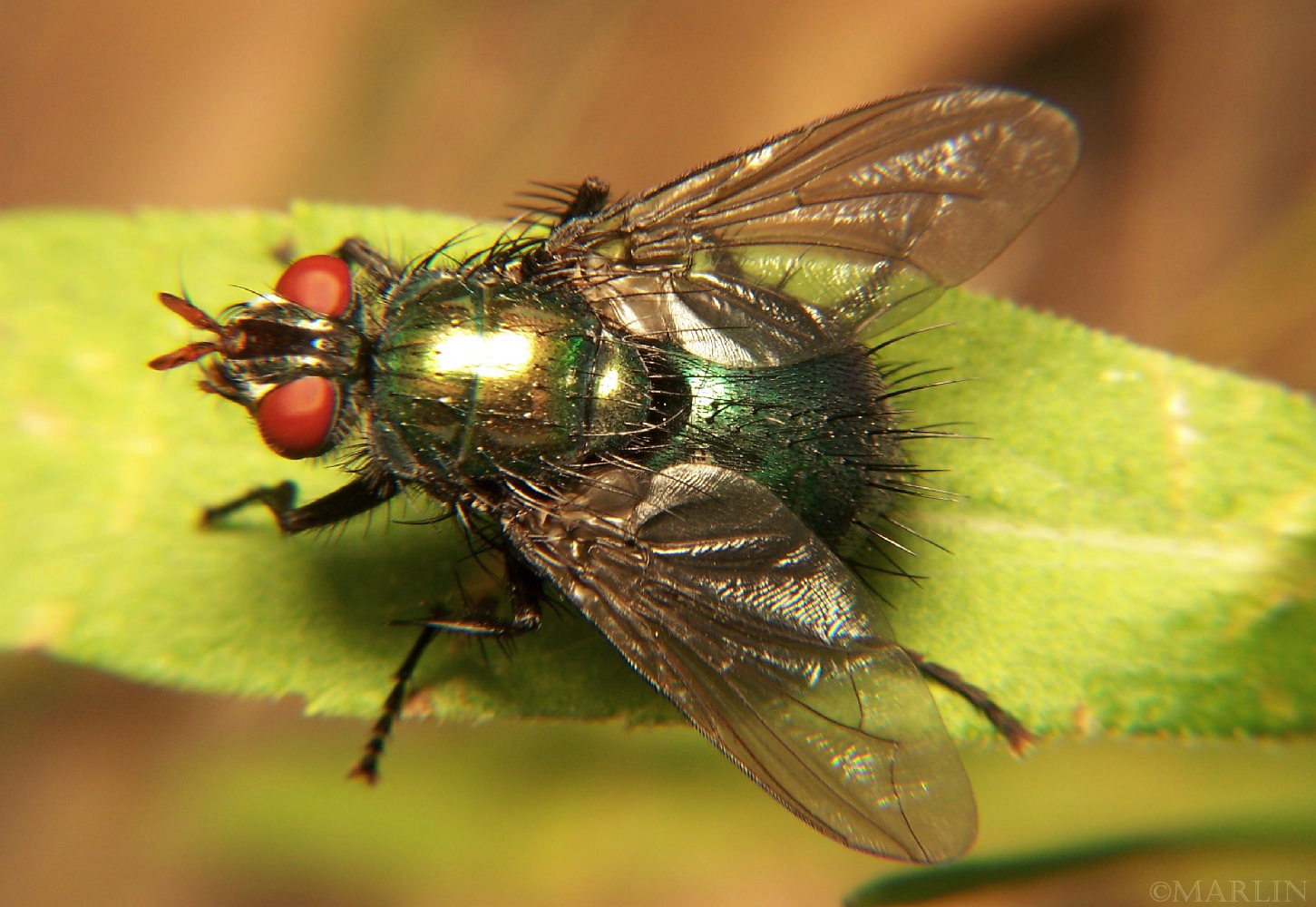Tachinid Fly – Gymnocheta ruficornis
This is the only time I’ve seen this fly, and the only shot I managed to take. I hate it when that happens.
Identification by Dr. James E. O’Hara, Ph.D. North American Dipterist Society
Among the methods tachinids use to infect their subjects are the oviparous species that place large, macrotype eggs directly on the body of the host, the micro-oviparous, which place tiny, microtype eggs on foliage or other foodstuffs being consumed by the host, or the larviparous, which retain their eggs until maturity; these eggs hatch immediately upon being laid on or near the target. Some female tachinidae that attack bugs or beetles have piercing ovipositors much like wasps in the Hymenoptera family Ichneumonidae.


